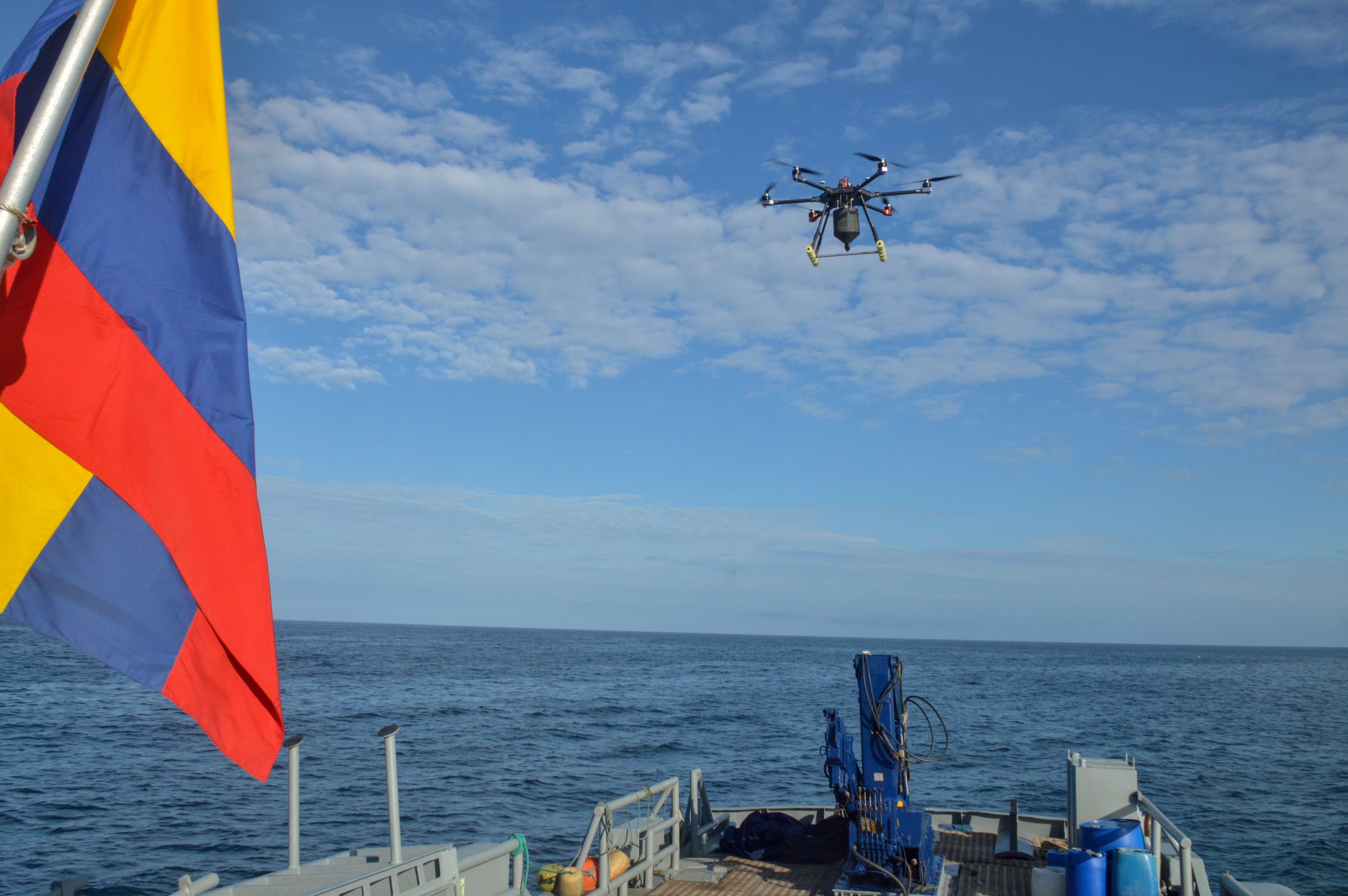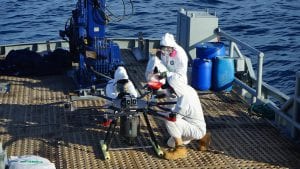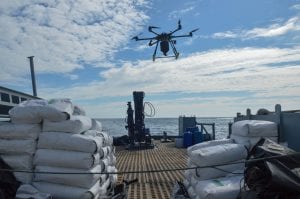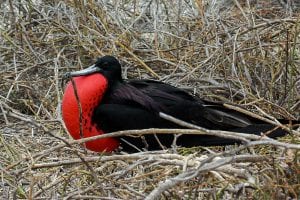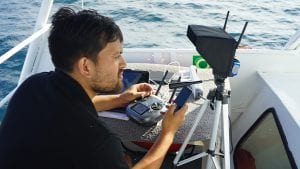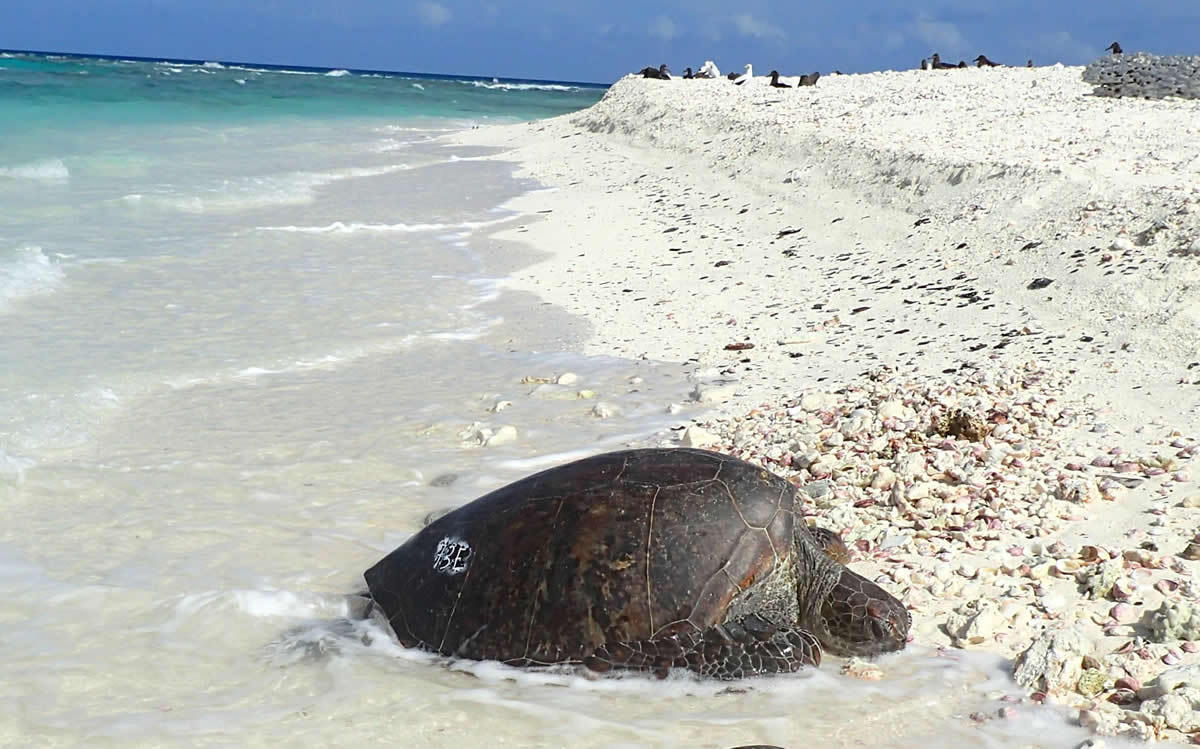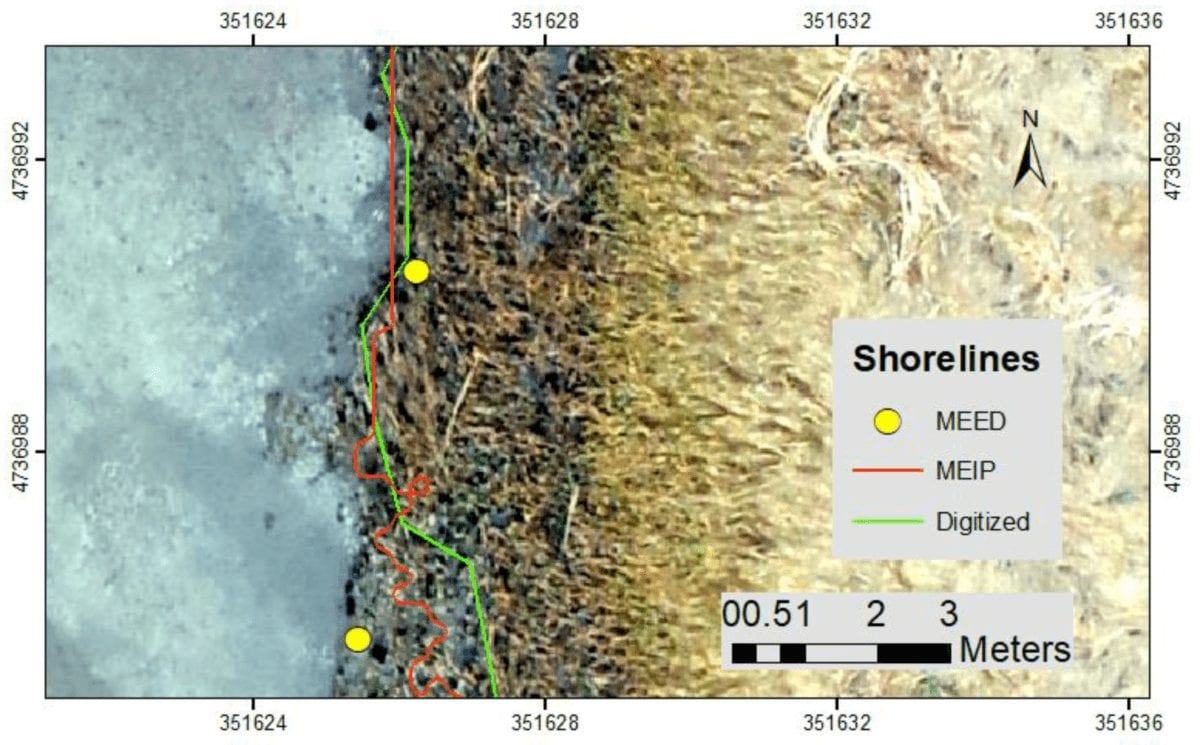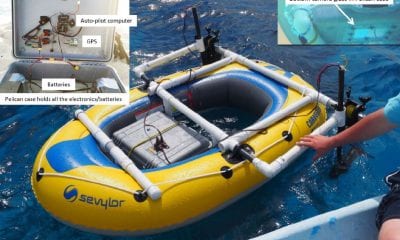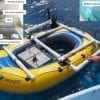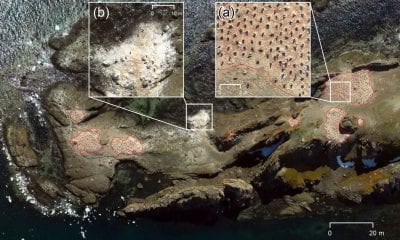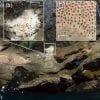Conservation
World’s First Use of Drones to Remove Invasive Rats
The world’s first use of drones to remove invasive vertebrates has resulted in successful implementation of a conservation project at the Galápagos National Park.
A press release revealed details the project saying that the Ministry of Environment through the Directorate of the Galápagos National Park (Dirección del Parque Nacional Galápagos – DPNG) together with the NGO Island Conservation began eradicating invasive rodents from North Seymour Island and the Mosquera Islet in January 2019. Being an important tourism and seabird nesting sites for species such as frigate birds and swallow-tailed gulls, which are the only nocturnal gull on the planet, conserving these islands was top priority.
Monitoring activities in early 2018 determined that North Seymour was infested by black (Rattus rattus) and brown rats (Rattus norvegicus). DPNG was at the helm of this project’s development for securing funds from the Fund for Sustainable Environmental Investments (FIAS) for this a state of emergency on the island.
Bell Laboratories provided 3,000 kilograms of rodenticide for the eradication. The bait’s formula was designed especially for projects within the Galápagos Archipelago keeping in mind their unique weather conditions.
The Guadalupe River (DPNG’s boat) was used as base camp for the project. Manually dispersing the bait on 48% of North Seymour’s 184 ha and the 5 ha of the Mosquera Islet, adjacent to the island was undertaken by30 park rangers were equipped with masks, goggles, and protective clothing.
52% coverage of North Seymour Island was enabled by drones and hoppers with applicators designed in 3D printers with the support from Island Conservation and New Zealand’s Environment and Conservation Technologies LTD.
Karl Campbell, Island Conservation South American Regional Director, highlighted that before for this type of operations, it was necessary to use helicopters, specialized pilots, and bait spray buckets.
The use of drones is more precise; it also increases feasibility, and reduces eradication costs of invasive rodents in small and midsize islands worldwide,”
According to Jorge Carrión, Director of Galápagos National Park, a second application and monitoring will take place by the end of January to eliminate any remaining rodents.
The eradication of introduced species required that North Seymour Island be temporarily closed for visits from January 8 to February 8. After reopening, the site will have informative signs for visitors.
Christian Sevilla, a park ranger, said the project’s first phase will be complete end of January, but the ecological monitoring will continue for the next two years. This is the time needed to declare the island rodent-free and have evidence of the recovery of the ecosystem, monitoring the proliferation of cacti and other species.
Support from several organisations like Lindblad Expeditions-National Geographic Fund, Silversea Cruises, Galapagos Biodiversity & Education for Sustainability fund Ecoventura – Charles Darwin Foundation, Metropolitan Touring, Fondo Especies Invasoras Galapagos, Rapid Response Facility, Bell Labs, International Galápagos Tour Operators Association, and individual donors through the SOS North Seymour campaign, and other private and public donors made this project feasible.

